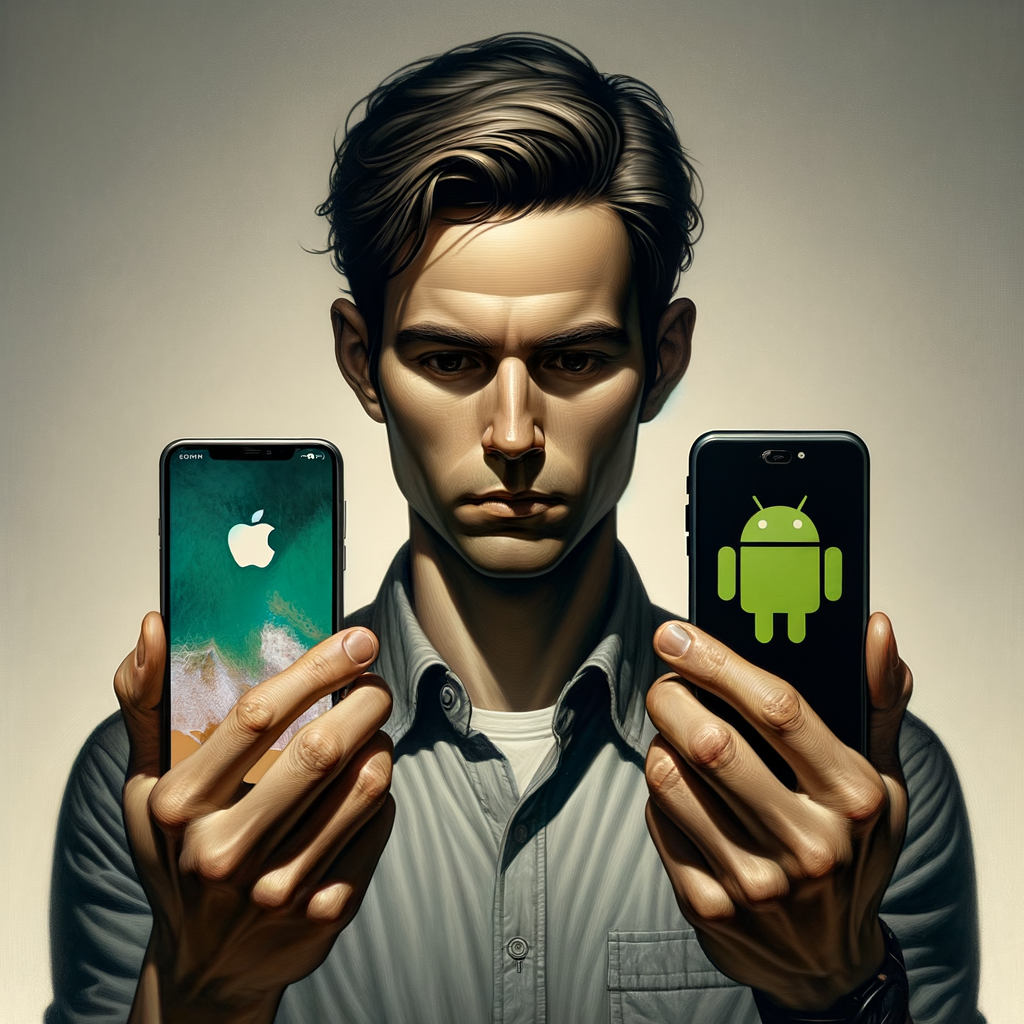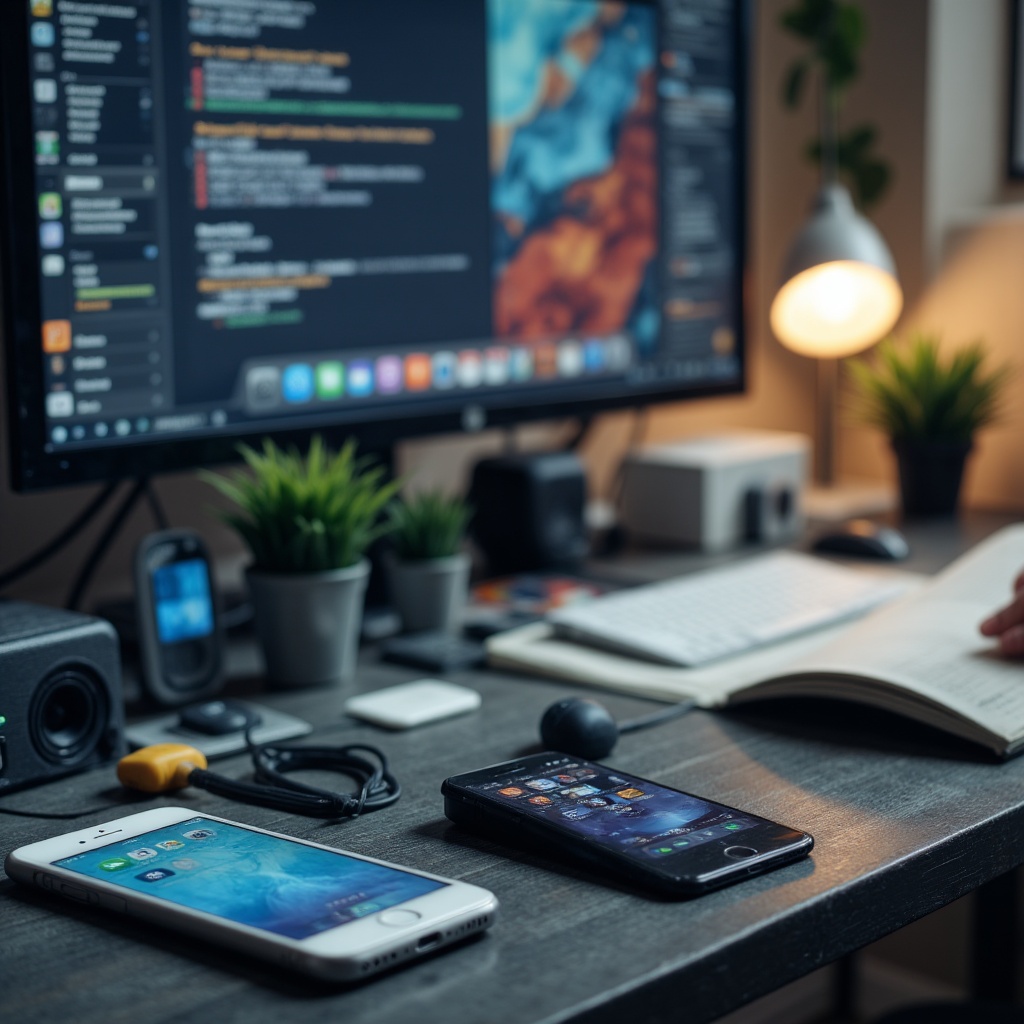-
How Switching from iPhone to Android Feels: The Real Experience

Making the leap from iPhone to Android can feel like moving to a new country where everyone speaks a slightly different language. After years of muscle memory with iOS, the transition brings a unique mix of liberation, frustration, and discovery that every switcher experiences differently.
The Initial Culture Shock
The first few days feel disorienting. Your fingers instinctively reach for controls that aren't where they used to be. The back button appears on the wrong side. Settings menus seem organized by a completely different logic. This isn't because Android is worse—it's just different, and your brain needs time to rewire years of iOS habits.
The notification system represents one of the biggest adjustments. Android's notifications are more granular and customizable, but this flexibility comes with a learning curve. You'll spend the first week tweaking notification settings for each app, discovering that you have far more control than iOS ever offered.
Freedom and Customization: The Double-Edged Sword
Android's customization options feel overwhelming at first. You can change everything—launchers, icon packs, default apps, widgets that actually do things. For iPhone users accustomed to Apple's curated experience, this freedom feels simultaneously exciting and paralysing.
What you gain:
- True default app selection for browsers, email, and messaging
- Home screen layouts that match your workflow
- File system access without jumping through hoops
- USB-C connectivity for universal charging
- Expandable storage on some models
What you miss:
- iMessage's blue bubbles and seamless group chats
- AirDrop's effortless file sharing
- Consistent app quality across all applications
- The Apple Watch ecosystem integration
- FaceTime's ubiquity among friends and family
The Ecosystem Separation Anxiety

Leaving Apple's ecosystem feels like breaking up with a long-term partner who was really good at planning your life. Your photos no longer sync automatically to all devices. Your messages don't appear on your laptop. Your smartwatch stops working entirely. These aren't deal-breakers, but they require deliberate solutions.
Google offers comparable services—Drive for cloud storage, Photos for image backup, Messages for web-based texting. However, setting up these alternatives requires intentional effort. You'll spend several hours migrating data, reconfiguring services, and teaching family members why your text bubbles changed color.
Crypto and Tech Advantages on Android
For tech enthusiasts and crypto users, Android opens doors that iOS keeps locked. You can sideload cryptocurrency wallets without App Store restrictions, run custom software, and interact with blockchain applications more freely. Developer mode enables features that Apple would never approve, making Android the platform of choice for those who want control over their digital assets.
App Quality and the Reality Check
Many popular apps feel slightly less polished on Android. Instagram stories might stutter. Banking apps sometimes lag. This isn't universal—Google's own apps often work better on Android—but iOS developers traditionally prioritize iPhone optimization. You'll notice these small quality differences, especially in apps from smaller developers.
However, Android compensates with apps that simply cannot exist on iOS due to Apple's restrictions. Automation apps like Tasker, alternative app stores, emulators, and developer tools flourish on Android's more open platform.
Hardware Variety: Both Blessing and Curse
Android offers choice that iPhone users never experience. Folding screens, stylus support, under-display cameras, faster charging—Android manufacturers experiment constantly. This variety means you can find a device perfectly suited to your needs, whether that's a budget-friendly option or a cutting-edge flagship.
The downside? This fragmentation creates inconsistency. Software updates arrive unpredictably. Accessory compatibility varies. You can't walk into any store and find a case for your specific model. The simplicity of "just get an iPhone" disappears into a maze of research and comparison shopping.
The Adjustment Period: What to Expect
Most switchers report a three-week adjustment period. Week one feels frustrating as you unlearn iOS habits. Week two brings discovery as Android's advantages become apparent. Week three settles into a new normal where the initial friction fades.
Some never look back, celebrating their newfound freedom. Others return to iPhone, valuing ecosystem integration over customization. Many find themselves using both platforms for different purposes, recognizing that neither is objectively superior—they simply prioritize different values.
The Verdict
Switching from iPhone to Android feels like trading a luxury sedan for a customizable sports car. You lose some comfort and convenience, but gain power and flexibility. The transition challenges your assumptions about how smartphones should work, ultimately making you a more informed technology user regardless of which platform you choose long-term.